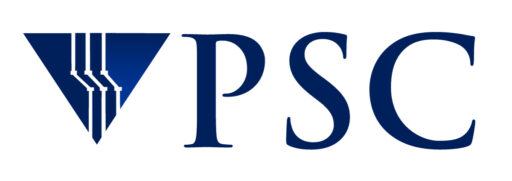
by Ken Chiacchia | Jul 14, 2022 | Bridges, Science Highlights
Bridges Simulations Improve Quantum Approach to Computing Work establishes benchmark for beating classical computers, optimizes quantum performance Quantum computers promise vastly expanded computing power. But they’ve yet to prove beyond a doubt that they’re...
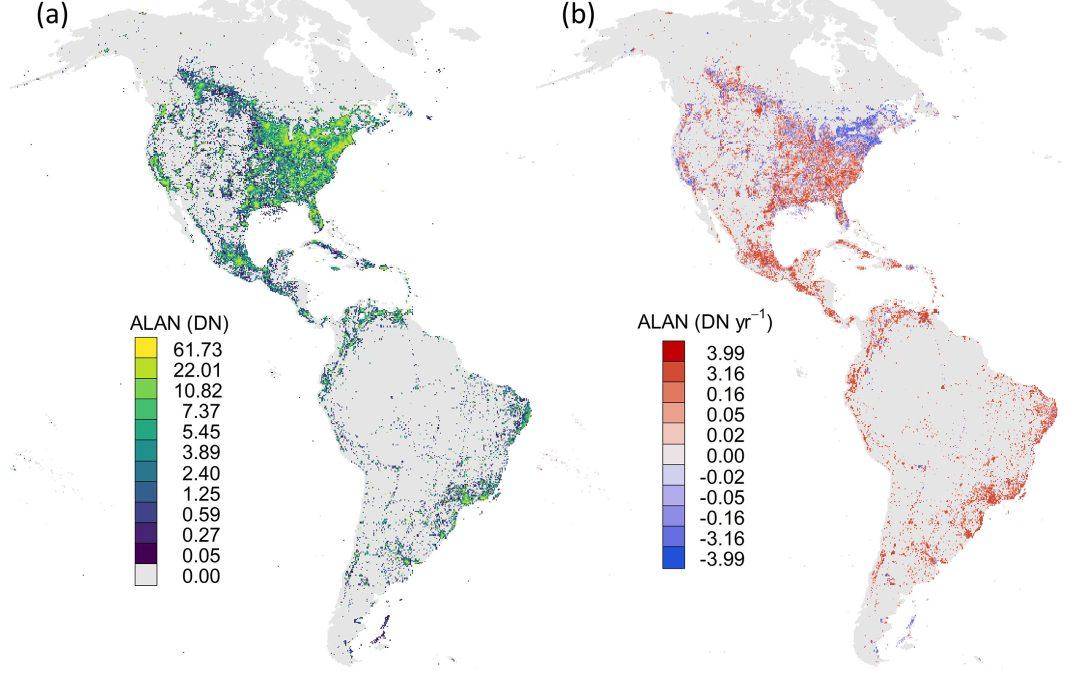
by Ken Chiacchia | Jun 14, 2022 | Bridges, Science Highlights
study tracks artificial-light impact on migratory birds Analysis of 42 species in Western hemisphere suggests most effective steps for reducing city lights’ harm Human-made lights at night bring us benefits, but also carry downsides to human health and...
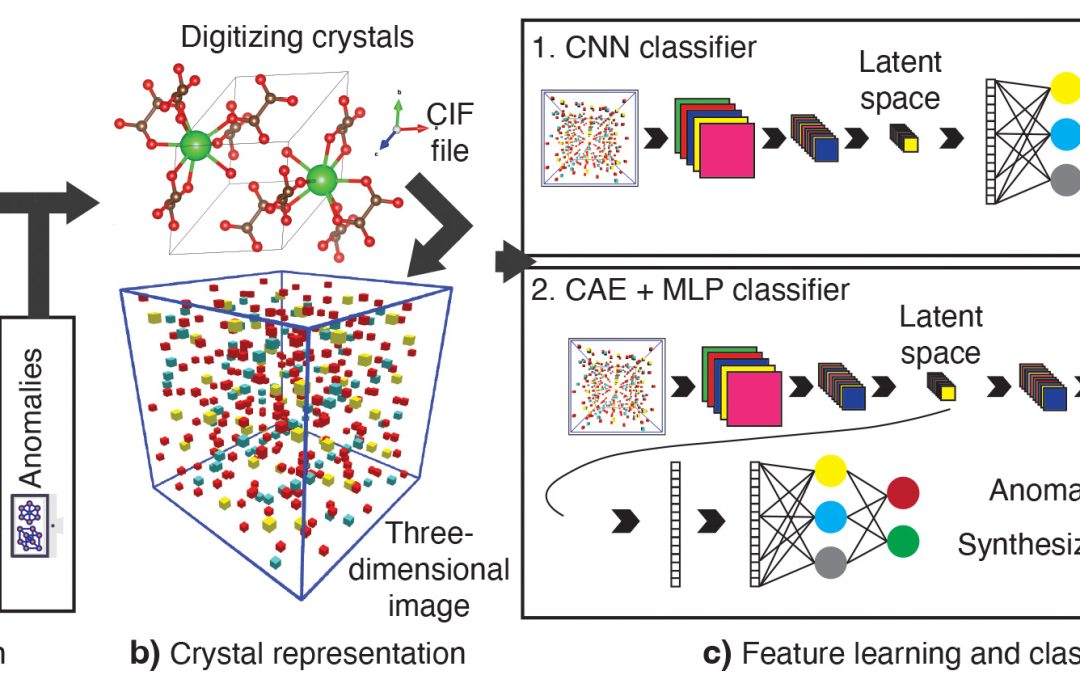
by Ken Chiacchia | May 11, 2022 | AI, Bridges-2, Science Highlights
AI Predicts Synthesizability of Crystals via Abstract Images Images derived from crystal structures help neural network running on Bridges-2 to predict ability to create a given crystal in the real world To create new electronic and other tools, materials...
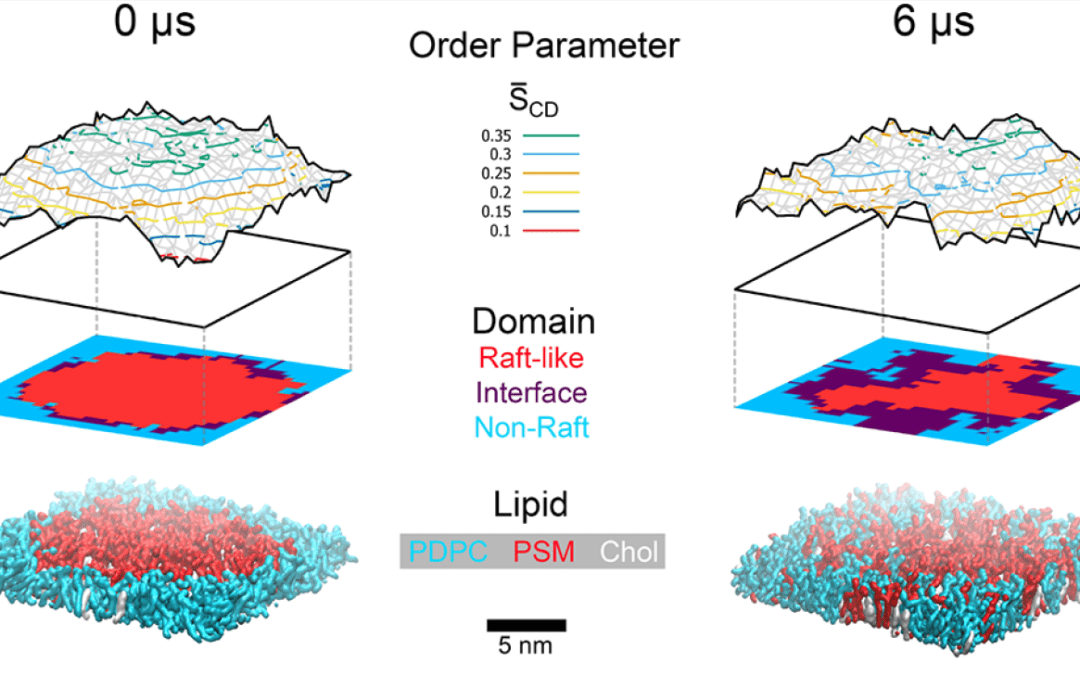
by Ken Chiacchia | Mar 23, 2022 | Anton 2, Science Highlights
anton 2 sims suggest how fish oil health benefits start at cell membrane Molecular simulations coupled with AI analysis reveal how omega-3 polyunsaturated fatty acids may regulate the size of membrane “rafts” The omega-3 polyunsaturated fatty acids...

by Ken Chiacchia | Feb 23, 2022 | Bridges-2, Science Highlights
Electrical Charge of Vaccine Particles May Lead toBlood-clot side effect Bridges-2 simulations suggest complication may stem from oppositely charged clot-forming protein sticking to engineered adenovirus Despite the lifesaving success of the COVID-19 vaccines,...
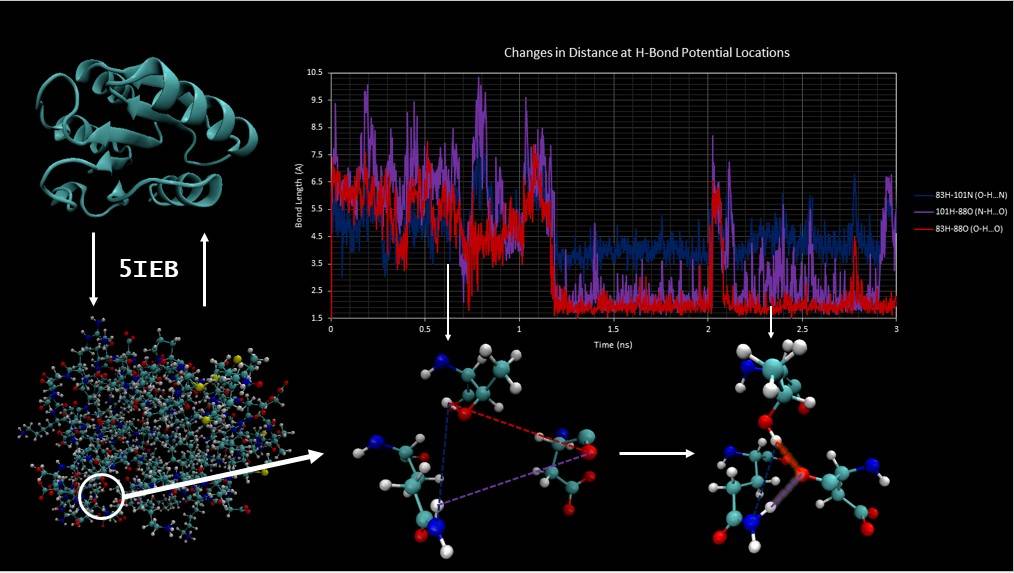
by Ken Chiacchia | Feb 8, 2022 | Bridges-2, Science Highlights
College Students learn molecular simulation on bridges-2 Educational allocation gives students taste of computational field, tools for science careers Advanced computing has transformed the sciences, particularly biology. But college students often get...







